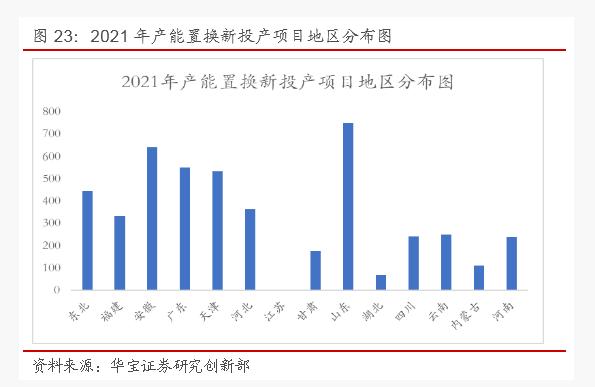Carbon peak drives the industry to enter the supply and demand platform area
Release time: 2021-12-28
According to CEADs data, in 2019, the carbon emission of the steel industry was 1.853 billion tons, accounting for about 18% of the national proportion. It is the second largest carbon emitter in the national economy except for the electric power industry In October, The State Council on the issuance of 2030 carbon peak action plan notice, clear iron and steel industry to speed up green low-carbon transformation and high-quality development, strive to take the lead in achieving carbon peak.
At the beginning of the year to establish the crude steel reduction and three quarters of energy consumption, making 2021 crude steel production negative growth overall, the industry carbon peak control carbon emissions, superimposed compression of domestic steel theoretical capacity and steel demand into the platform, will drive crude steel supply to peak
《Carbon Peak Action Plan for 2030》It clearly proposed that the steel industry should strictly implement capacity replacement, strictly prohibit new capacity, promote stock optimization, and eliminate backward capacity. In June, the new steel industry capacity replacement implementation measures were implemented, and it was also clear that the replacement ratio in key areas of air pollution prevention and control should not be less than 1.5:1, and that in other areas the replacement ratio should not be less than 1.25:1. Further reduce the theoretical capacity of domestic steel.
As the impact of the epidemic on the economy weakens, the domestic economy returns to the pattern of consumption-driven internal cycle. The steel consumption coefficient of GDP will decrease on a monthly basis. With the increase of GDP, the steel consumption coefficient will decrease, and the domestic demand for steel will be relatively stable. In 2021, the export tax rebate was lowered twice in a row, further driving the return of export steel; The reduction of domestic demand and the return of external demand, around the balance of supply and demand, further drive steel supply into the platform area.

There will be more in 2021 Hebei, Hubei and other 14 provinces (autonomous regions, cities) 37 steel mills issued capacity replacement announcements。The new production project ironmaking supply capacity of 47.042 million tons, steel production capacity is 36.41 million tons Longitudinal comparison, with the gradually release of new capacity, so far this year, the new capacity is less than in 2020, the market overall pressure drop from last year, in addition to horizontal comparison, in 2021, the new capacity is also exit capacity has declined The theory of overall capacity declined steadily

Related Contents
